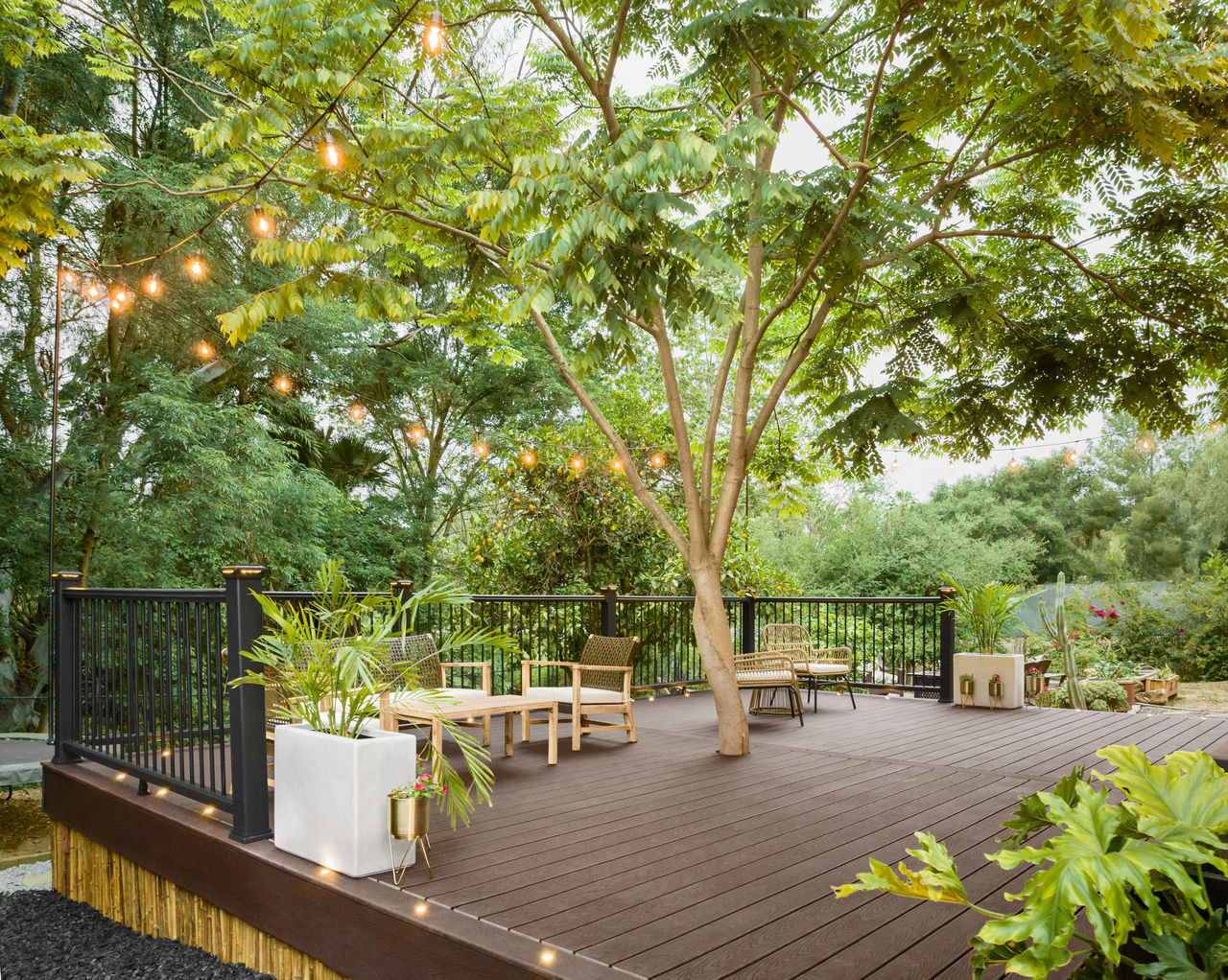
Patio Trends: Biophilic Design and Connecting with Nature
Introduction
Patios have long been a popular way to extend living spaces outdoors, providing a relaxing and inviting area to entertain guests, dine al fresco, or simply enjoy the fresh air. In recent years, there has been a growing trend towards biophilic design in patios, which seeks to connect people with nature and bring the outdoors in.
What is Biophilic Design?
Biophilic design is an approach to architecture and interior design that emphasizes the connection between humans and nature. It incorporates natural elements, such as plants, water, and natural materials, into built environments to create spaces that are both aesthetically pleasing and beneficial to human health and well-being.
Benefits of Biophilic Design in Patios
Biophilic design in patios offers numerous benefits, including:
- Reduced stress and anxiety: Studies have shown that exposure to nature can reduce stress levels and promote relaxation.
- Improved mood and well-being: Spending time in nature has been linked to improved mood, increased happiness, and reduced symptoms of depression.
- Enhanced creativity and productivity: Exposure to nature can stimulate creativity and improve cognitive function.
- Increased physical activity: Patios with biophilic elements, such as plants and water features, encourage people to spend more time outdoors and engage in physical activity.
Key Elements of Biophilic Patio Design
Incorporating biophilic design into your patio involves using natural elements and materials to create a space that feels connected to the outdoors. Key elements include:
1. Plants
Plants are essential for creating a biophilic patio. They provide greenery, fresh air, and a sense of tranquility. Choose plants that are native to your area and that will thrive in the climate and conditions of your patio.
2. Water
Water is another important element of biophilic design. The sound of flowing water can be calming and soothing, and water features can attract birds and other wildlife. Consider adding a fountain, pond, or waterfall to your patio.
3. Natural Materials
Natural materials, such as wood, stone, and bamboo, bring warmth and texture to a patio. They also help to create a sense of connection with the outdoors. Use natural materials for flooring, furniture, and decorative elements.
4. Natural Light
Natural light is essential for creating a bright and inviting patio. Maximize natural light by using large windows and doors, and by avoiding heavy curtains or blinds.
5. Views of Nature
If possible, design your patio to take advantage of views of nature. This could include a view of a garden, a forest, or a body of water.
Specific Patio Design Ideas
Here are some specific patio design ideas that incorporate biophilic principles:
1. Vertical Gardens
Vertical gardens are a great way to add greenery to a patio without taking up valuable floor space. They can be created on walls, fences, or trellises.
2. Water Walls
Water walls are a beautiful and calming addition to any patio. They can be made from stone, metal, or glass.
3. Fire Pits
Fire pits provide warmth and ambiance on cool evenings. They can also be used for cooking or roasting marshmallows.
4. Outdoor Kitchens
Outdoor kitchens are a great way to extend your living space and enjoy cooking and dining outdoors. They can be equipped with grills, ovens, and refrigerators.
5. Pergolas and Arbors
Pergolas and arbors provide shade and privacy on patios. They can be covered with vines or plants to create a lush and inviting space.
Conclusion
Biophilic design is a powerful tool that can be used to create patios that are both beautiful and beneficial to human health and well-being. By incorporating natural elements and materials into your patio design, you can create a space that feels connected to the outdoors and that provides a relaxing and inviting retreat.